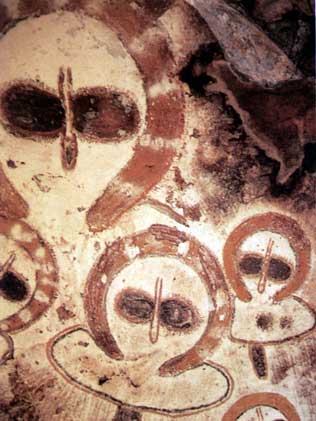
© Martin PopeMagnetic coils are used to affect Prof Haggard's brain and control his body
For a man who thinks he's a robot, Professor Patrick Haggard is remarkably cheerful about it. "We certainly don't have free will," says the leading British neuroscientist. "Not in the sense we think." It's quite a way to start an interview.
We're in the Institute for Cognitive Neuroscience, in Queen Square in London, the nerve centre - if you will - of British brain research. Prof Haggard is demonstrating "transcranial magnetic stimulation", a technique that uses magnetic coils to affect one's brain, and then to control the body. One of his research assistants, Christina Fuentes, is holding a loop-shaped paddle next to his head, moving it fractionally. "If we get it right, it might cause something." She presses a switch, and the coil activates with a click. Prof Haggard's hand twitches. "It's not me doing that," he assures me, "it's her."
The machinery can't force Prof Haggard to do anything really complicated - "You can't make me sign my name," he says, almost ruefully - but at one point, Christina is able to waggle his index finger slightly, like a schoolmaster. It's very fine control, a part of the brain specifically in command of a part of the body. "There's quite a detailed map of the brain's wiring to the body that you can build," he tells me.


